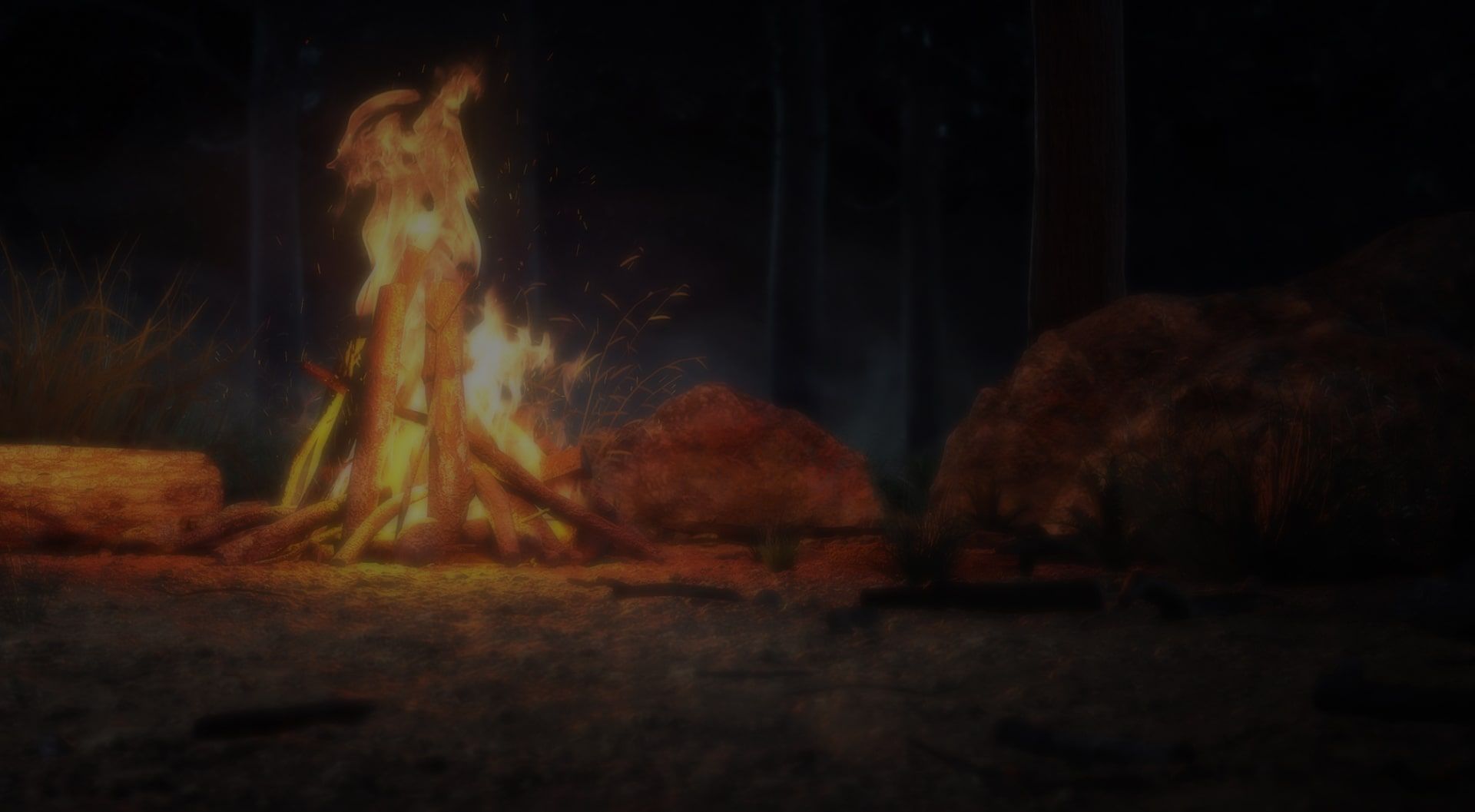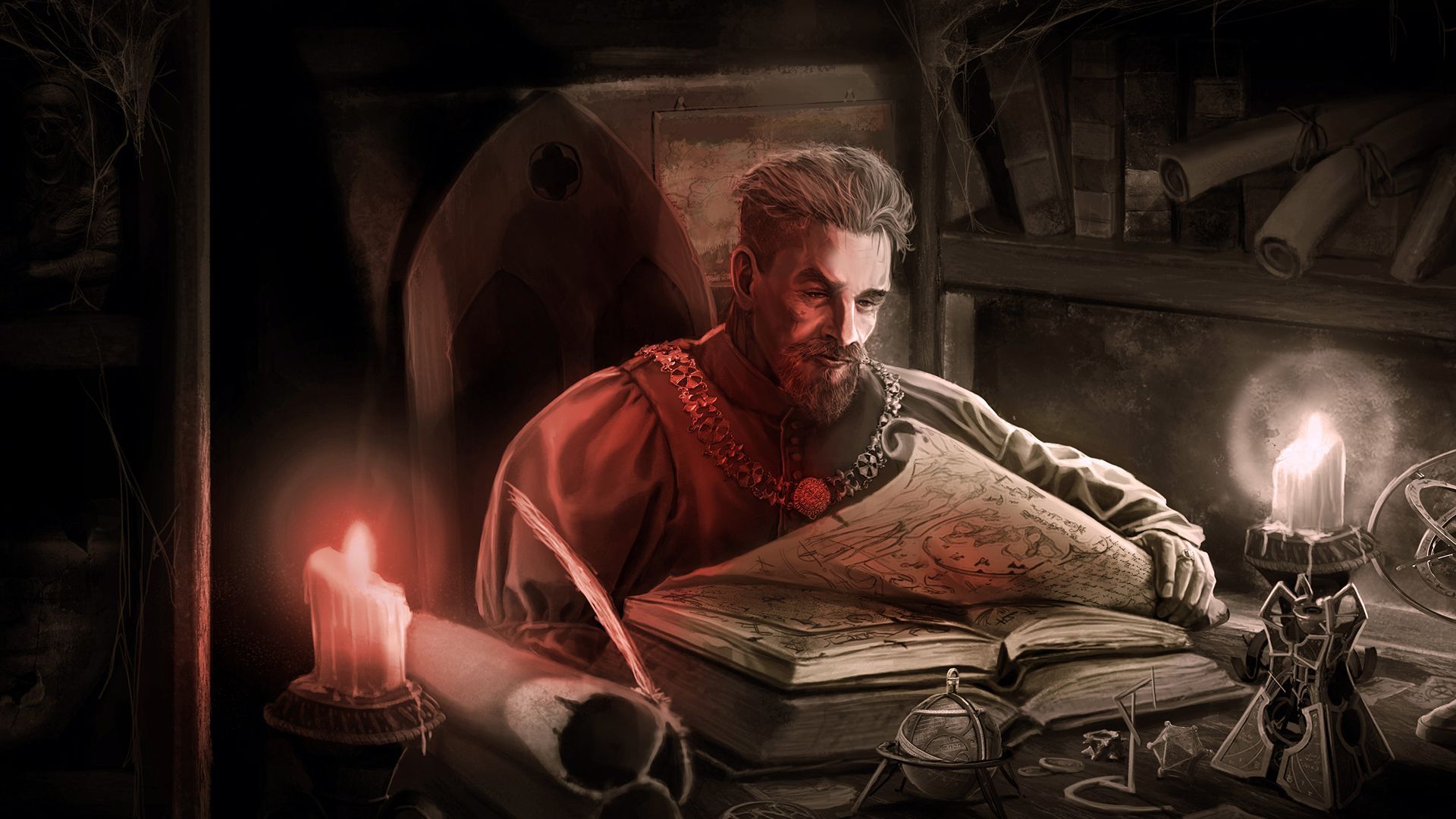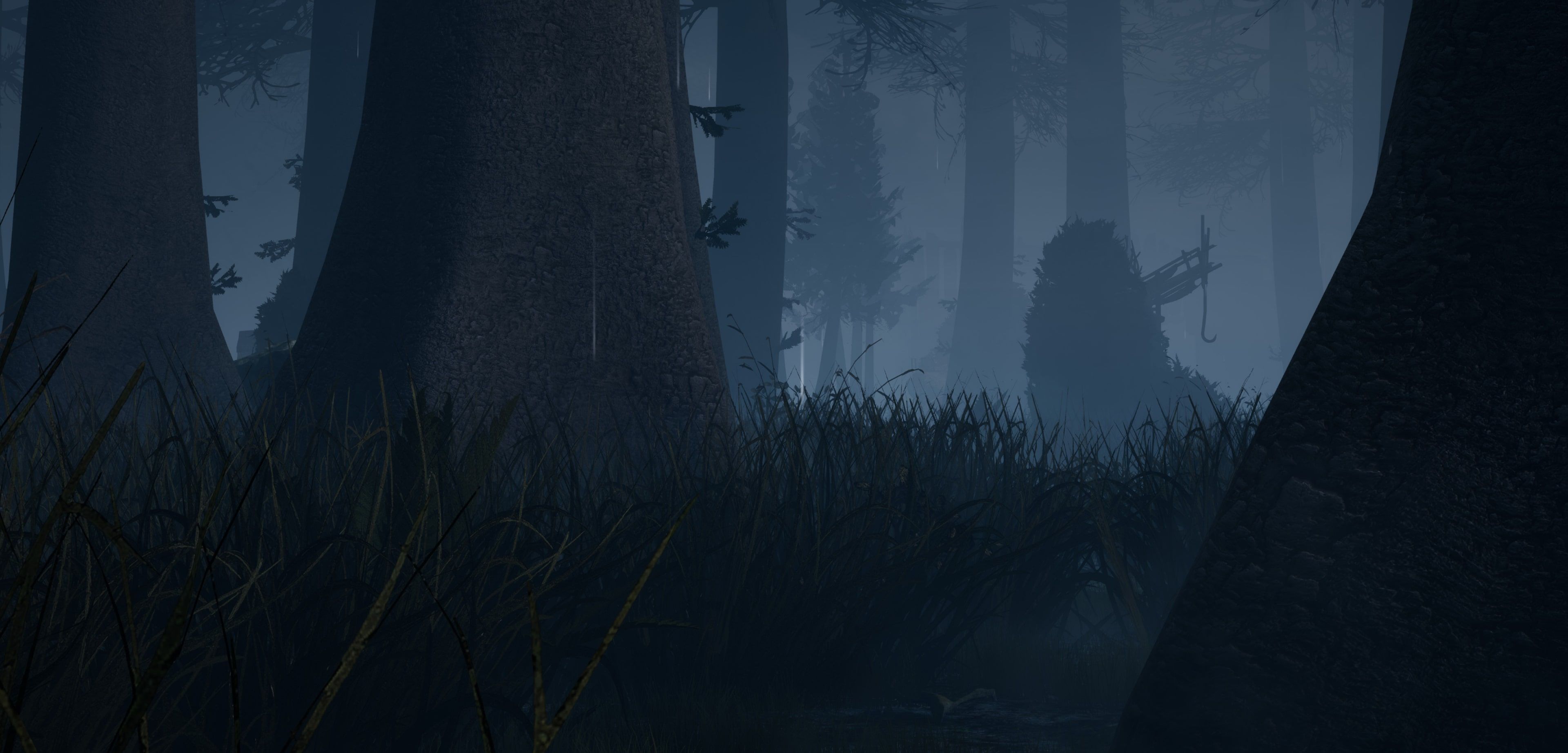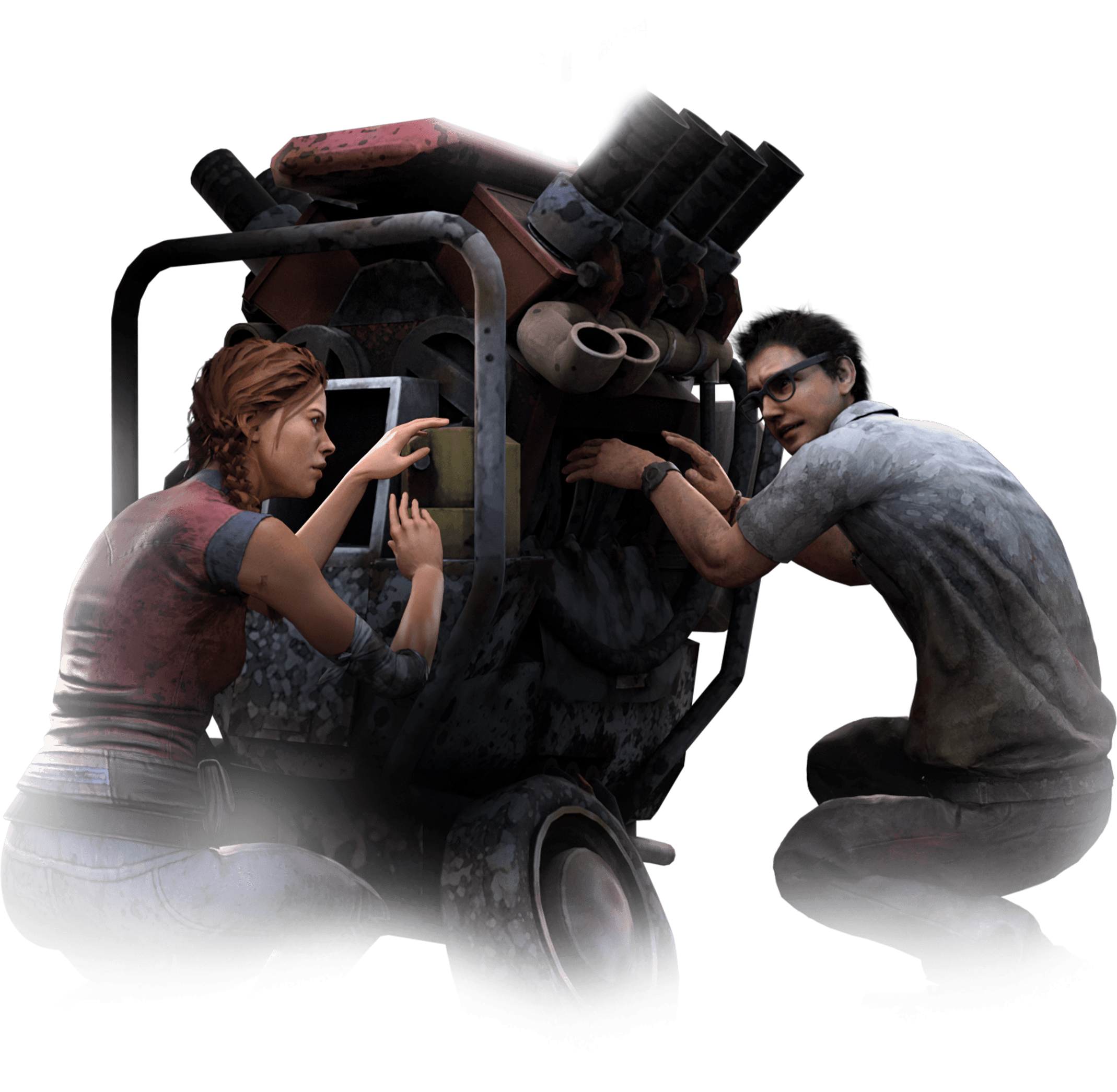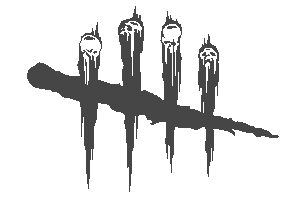Born to Alberto and Caterina Toscano in 1343, Vittorio Toscano was the youngest of three and third in line to inherit his family’s land. At age fifteen, his father sent him to train with Ettore Fabrizio, the same knight who trained his older brothers in the military arts. But Vittorio didn’t take to combat training the way his brothers did. As a student of philosophy, he believed physical violence to be the last refuge of the incompetent.
Infuriated by Vittorio’s pacifism, Fabrizio ordered one of his pages to attack him. Vittorio dodged and blocked the blows, but refused to fight back. When his enraged opponent lunged, Vittorio parried. His attacker tripped, falling on his own dagger. He bled out in less than a minute and Vittorio threw down his sword, swearing never to pick it up again.
Since Vittorio demonstrated an aptitude for scholarship, his frustrated father sent him to study with his Uncle Renzo. Besides being the Duke of Portoscuro, Renzo was also a scholar and collector of rare artifacts.

Under Renzo’s tutelage, Vittorio focused his studies on lost civilizations and ancient history. He researched forgotten tomes and became an expert on the philosophy and wisdom of ancient secret societies and obscure guardians of knowledge. Guardians present in almost every century and culture. Guardians that went by manifold names depending on the time and region and were said to be from another dimension—a perfect world. He collected anything on Watchers, Keepers, Guides, Masters, Observers.
Vittorio’s research revealed these guardians acted as gatekeepers of advanced and arcane knowledge that would gradually help humanity transcend to a higher plane of existence. He theorized the Observers waited for humanity to acquire wisdom before releasing knowledge that otherwise would lead to their self-destruction. Slowly, these Observers found ways to inspire humanity with knowledge that would stimulate growth, understanding and collective wisdom.
Vittorio adopted his Uncle Renzo’s view that greed for money and power was the source of all conflict. His hope was that the lost knowledge of these gatekeepers might bring peace, harmony, and order to a violent world.
At Vittorio’s urging, Renzo mounted an expedition to find lost relics and artifacts from the ruins of antiquity. In Hungary, they discovered a bronze dodecahedron that dated back to Roman times. In Asia minor, they uncovered a hidden tunnel beneath the Obelisk of Theodosius where they discovered stone tablets engraved in Akkadian cuneiform.
They told the tale of a mysterious artifact split into three and scattered across the world.
A clue led them to the ruins of Troy where a secret chamber revealed a treasure trove of antiquities. The most precious was a piece of that mysterious artifact. Another clue led them to Isle of Rhodes where a hidden cave held a second part of that same relic. In Delphi, under the Temple of Apollo, Vittorio discovered the third piece on a black marble altar. Engravings on the altar showed a map of Crete and a star over the Palace of Minos.
Deep in the labyrinth below the ruins of the palace, Vittorio discovered a place to put the key created by the three relics. Ancient machinery came to life. A stone wall slid open, revealing a hidden vault.
Renzo and Vittorio entered and found a white marble wall inscribed with what seemed to be a form of Sanskrit. The message warned of a cult that sought to corrupt humanity with knowledge it wasn’t ready for. They had hunted down the Observers and imprisoned them. But before being imprisoned, the Observers had hidden artifacts around the world with secret knowledge about this dark force and how to stop it from destroying the world.
The message on the wall also spoke of a stone from an ancient school that held the secrets of traveling between planes of existence. Vittorio, believing the stone held the key to finding the Observers or their perfect world, called the stone ‘Lapis Paradisus.’
As they exited the vault, Renzo stepped on a black serpent. The serpent sank its fangs into Renzo’s leg and disappeared as quickly as it appeared. The venom spread fast and within minutes he passed away. As Renzo’s only heir, Vittorio inherited his estate, his library, his title, and his vast fortune. Determined to honor his uncle and help humanity transcend its weakness, greed, and cruelty, he knew he had to find the Lapis Paradisus and free the Observers if they were still alive.
In 1391, Vittorio mounted an expedition. He employed a mercenary knight to aid in the effort and offer protection. Formerly a member of the Guardia Compagnia, Tarhos Kovács feared no man or beast. Vittorio’s explorations and discoveries eventually led them to the heavily guarded catacombs beneath the Portuguese city of Sintra. If the expedition wanted to enter, they would have to kill those who guarded it. Vittorio had no wish to shed blood and told Tarhos to find another way.
Tarhos defied Vittorio and by the end of the day had him in irons.
When they returned to Italy, Tarhos locked Vittorio in a dungeon and began a campaign of torture in Portoscuro, promising to stop when he revealed the meaning behind the stone.
Within weeks, Tarhos grew tired of torturing the townsfolk, and Vittorio was left to rot in the dungeon with no one to talk to but the rats. In his solitude he scratched the symbols from the Lapis Paradisus into the stone floor. He attempted countless sequences while imagining a world like paradise. And just when he was about to surrender to hunger and despair, he tried one last sequence while meditating on a world of endless peace and compassion.
At first, he thought he had failed. He gasped with the last of his strength as the rats approached menacingly, preparing to feast on his defeated, sallow flesh. Then, suddenly, a cold, unnatural, black fog rose from the stone floor and within moments he heard cries of anguish and crows circling above him. With difficulty he clambered to his feet and found himself in another world—
Not the paradise he had expected.
